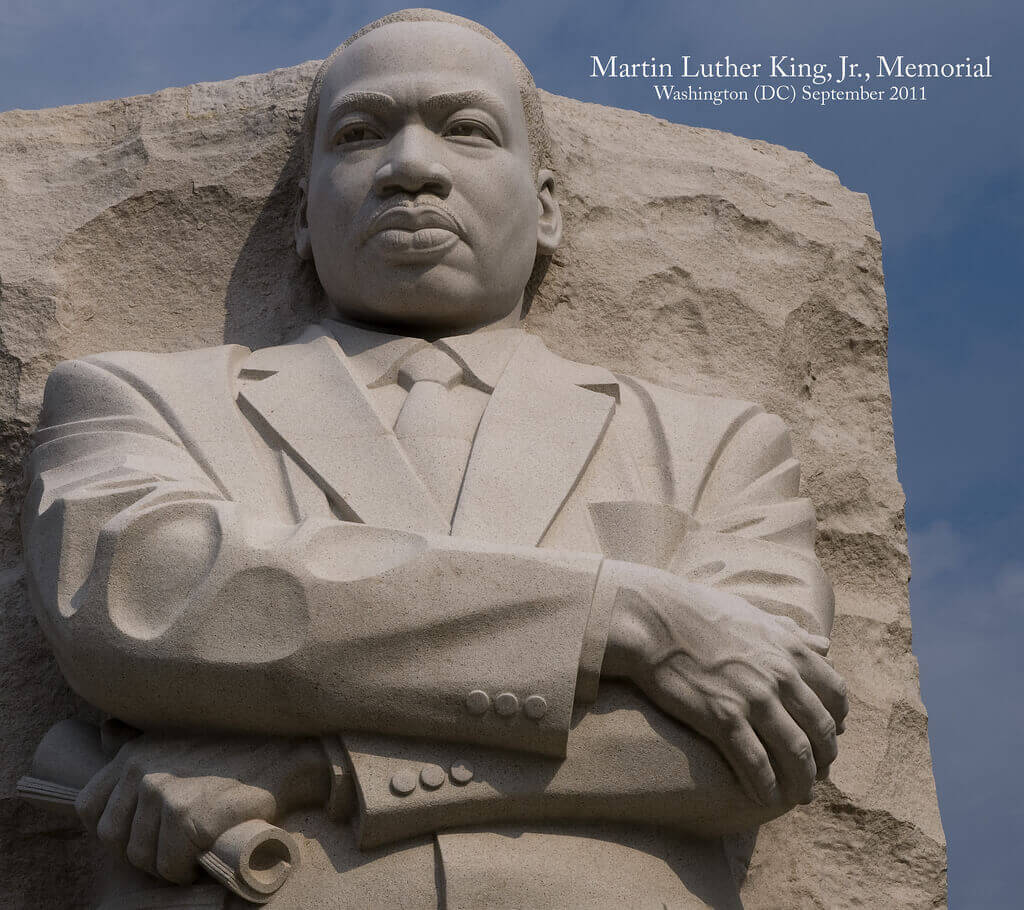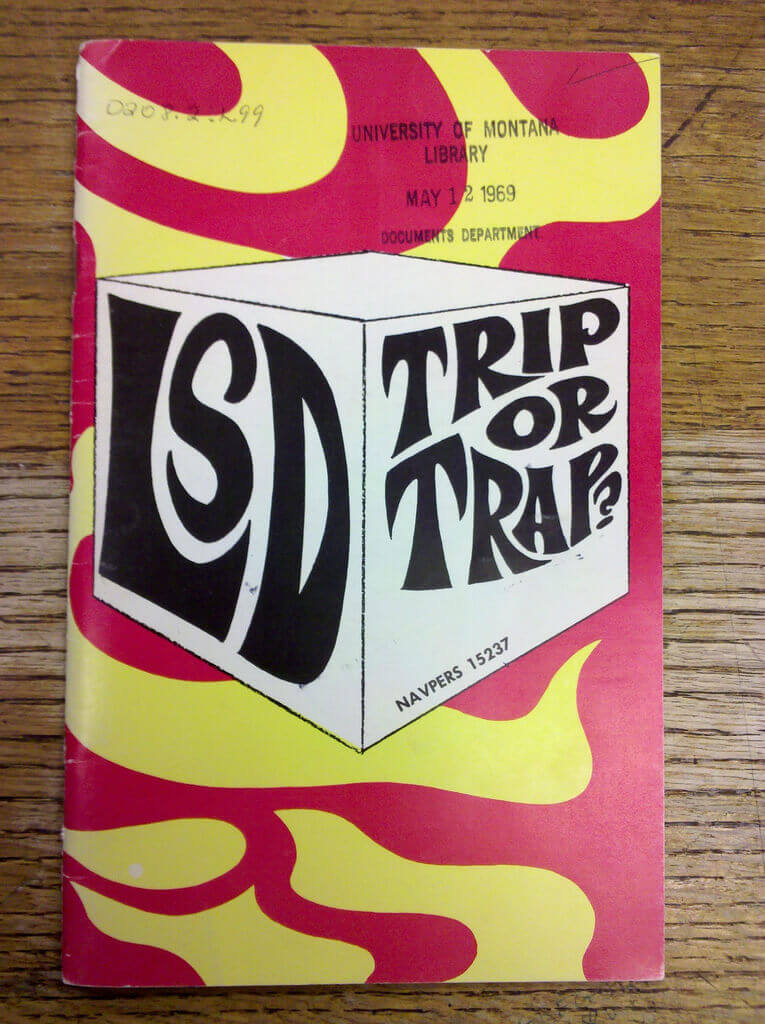The history of addiction treatment is as long and varied as the history of human beings using substances to induce intoxication. In earlier times, the citizens who were drunk and disorderly, or made crazy by other chemicals, were often treated as outcasts, and punished with prison, physical abuse, or time in the mental ward. The asylum near the Guinness plant in Dublin is often the subject of jokes, as the detoxing drunks were treated to the smell of their favorite stout all day and night. It’s only in the contemporary era, however, that there appears to be a concentrated effort to understand and treat addiction as a disease. This is why this generation has become the inheritors, in a sense, of the disease model, and it informs much of the current understanding of what addiction is.
The idea of alcoholism and drug addiction as a disease, and not simply a maladjustment of the mind, was introduced in George Washington’s army by the Surgeon General George Rush. About a decade earlier, there was an effort on the part of Native American groups to begin mutual aid societies to help its members to refrain from drinking. These two events are intimately connected to how we think of addiction and treatment today.
Mutual aid societies eventually developed all over the nation, as the Washingtonians evolved into the Oxford Group, which eventually influenced the founders of A.A.
For most histories, the disease model wasn’t introduced until the 20th century, when Dr. Silkworth presented his findings in a letter that would be reprinted in every edition of the famous Big Book of A.A., called “Alcoholics Anonymous.” This was in 1939, and this famous organization was already beginning to make some headway into communities in Ohio and New York. This would help move treatment from a concept that formerly focused on the physical withdrawal from the toxins into a more holistic approach that took the whole person into account.
Later findings in the 1960s, along with the admission on the part of the American Medical Association that endorsed the idea that addiction was a chronic illness, would further help the cause to promote ideas of addiction treatment that are common today. There are debates as to whether a 12-step program based on spiritual principles is as effective as a treatment program where physical sobriety is emphasized with behavior modification, but it’s still a result of the same breakthrough, that the addict is someone who is suffering from a disorder, and should be treated as a sick person, not a bad person.


